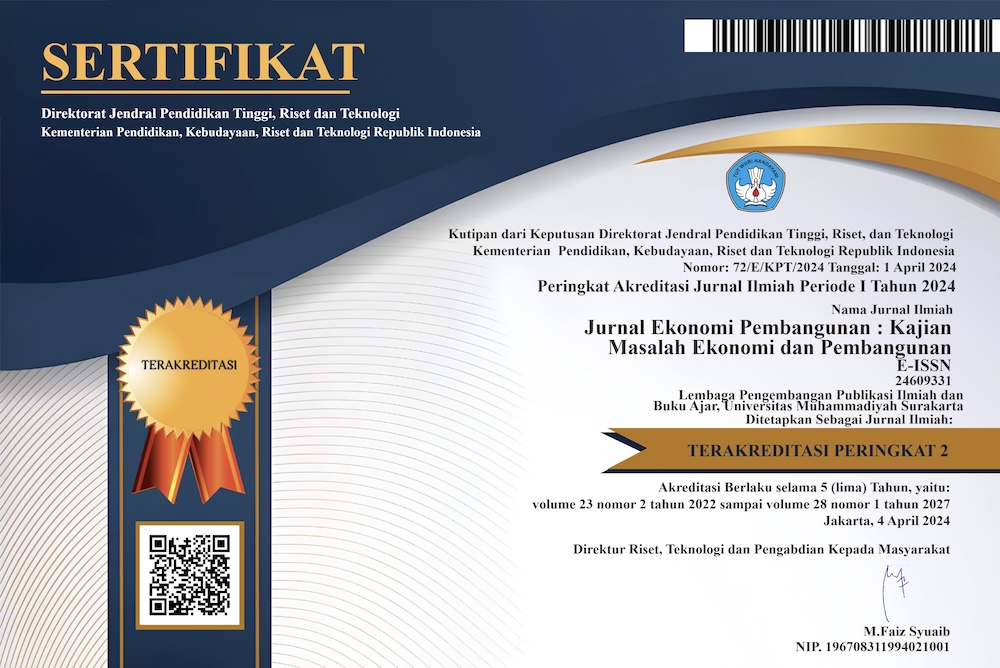Submissions
Submission Preparation Checklist
As part of the submission process, authors are required to check off their submission's compliance with all of the following items, and submissions may be returned to authors that do not adhere to these guidelines.- The submission has not been previously published, nor is it before another journal for consideration (or an explanation has been provided in Comments to the Editor).
- The submission file is in Microsoft Word or RTF document file format.
- Where available, URLs for the references have been provided.
- The text is single-spaced; uses a 11-point font; employs italics, rather than underlining (except with URL addresses).
- The text adheres to the stylistic and bibliographic requirements outlined in the Author Guidelines.
- All tables must be created using the Table function in Microsoft Word (or LaTeX) and must be fully editable. Use horizontal borders to separate headers and data, and avoid vertical borders or inserted images to ensure clarity and consistency in formatting.
- All equations must be created using the Equation Editor in Microsoft Word (or an equivalent built-in equation tool).
- All illustrations and figures are in high-resolution and informative.
- The manuscript is well-referenced, with a minimum of 40 references, of which at least 80% are sourced from recent (within last 5 years) and reputable (Scopus- and WoS-indexed) journal articles.
Articles
Section default policyPrivacy Statement
The names and email addresses entered in this journal site will be used exclusively for the stated purposes of this journal and will not be made available for any other purpose or to any other party.














